Amid a healthcare system strained to its limits, the critical need for self-sufficiency in handling health emergencies becomes clear. Across the United States, we are seeing a concerning pattern of hospital shutdowns and a shrinking pool of medical professionals. This leads to extended waiting periods, hurried medical consultations, and a noticeable reduction in the quality of care.
In an ideal world, knowing first aid would be unnecessary. Yet, reality often presents harsh and unforeseen challenges, including accidents and health crises that cannot be ignored. The ability to provide immediate, basic medical care—not just as a precaution but as a crucial response capability—becomes essential, particularly when a doctor’s visit isn’t an option.
Learning first aid skills is a vital step in preparing for the unexpected. While professional medical assistance should always be sought first, being capable of handling first aid on your own is invaluable when professional help is delayed, unavailable, or out of reach.
Cardiopulmonary Resuscitation (CPR)

If a persons’ heart stops or they stop breathing, someone else administering CPR is their best chance of survival. This procedure is pivotal in sustaining life until professional medical help can take over.
While CPR might seem daunting, its fundamentals are accessible to all. Remember, CPR’s effectiveness hinges on immediate action and calm execution. The process involves pressing down firmly in the chest area and providing rescue breaths to stimulate the lungs and heart. Despite its simplicity, the impact of timely, correctly administered CPR is profound.
Training resources are widely available for those interested in mastering CPR, and I highly recommend you get certified so you know what to do if the situation ever arises.
Halting Severe Bleeding
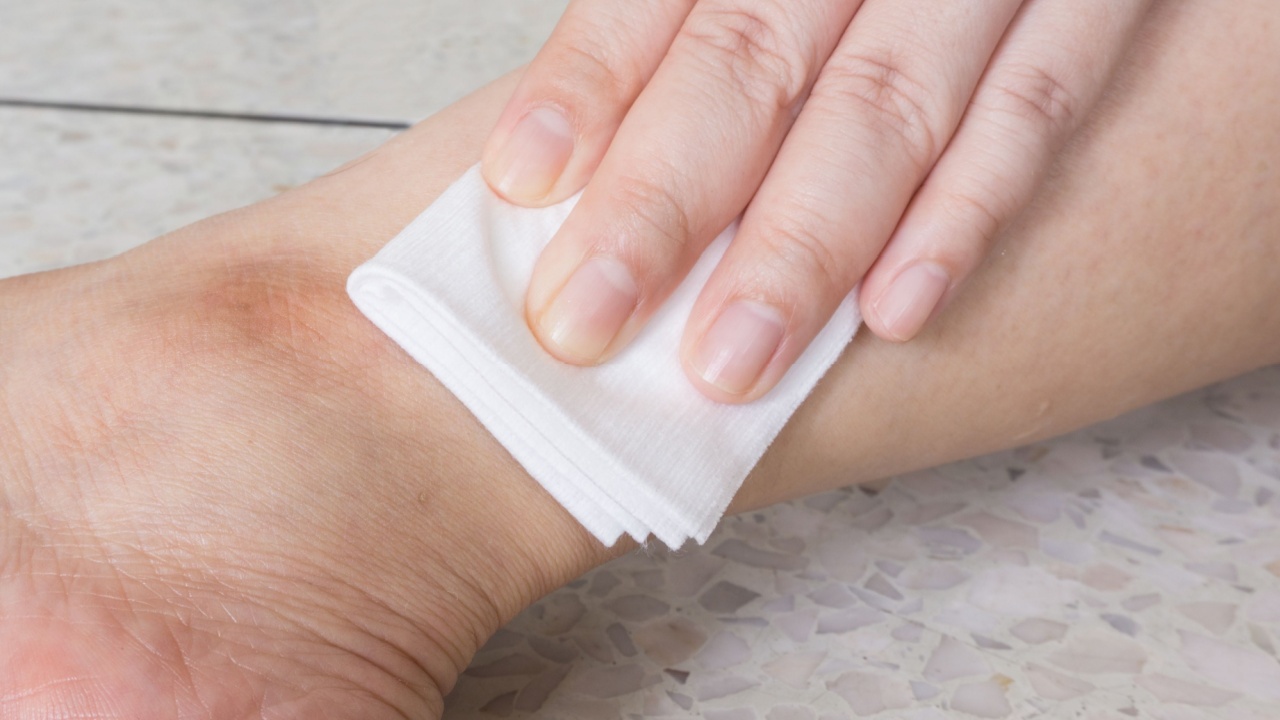
Severe bleeding is a dire medical emergency requiring swift action. Understanding the nature of the bleed—capillary, venous, or arterial—is the first step in addressing it effectively. Each type demands a specific approach, but applying direct pressure with a clean cloth universally stands as the initial course of action. Arterial bleeding, characterized by bright red blood spurting rhythmically, requires immediate, firm pressure to control. The key is to remain composed and apply consistent pressure to give the victim the best chance of survival.
Make sure your first aid kit is stocked with plenty of decent pressure bandages so you can apply one while you wait for help to arrive.
Spotting and Treating Shock
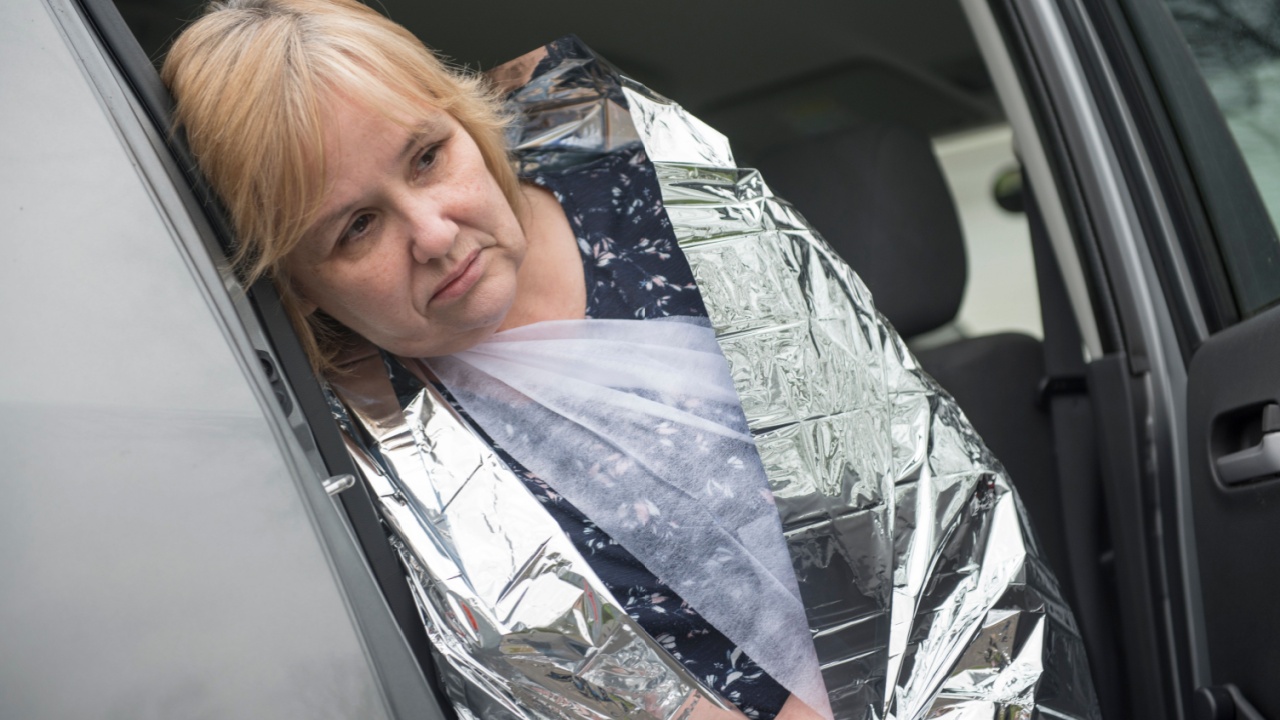
Recognizing and treating shock promptly can be the difference between life and death. While shock sounds pretty minor, it can actually lead to severe complications, including organ failure.
Symptoms include paleness, rapid pulse, sweating, and respiratory distress.
Immediate actions, such as elevating the feet, loosening clothing, and ensuring the person is covered and comfortable, are vital. If the patient is conscious and isn’t suffering from abdominal trauma, you can provide small, frequent sips of water.
If they lose consciousness, are experiencing respiratory distress, or are likely to vomit, you might have to put them in the recovery position if this will not cause further injury.
The Heimlich Maneuver

Choking poses a sudden and terrifying threat, making the Heimlich Maneuver an indispensable response. This technique is designed to eject the obstructing object from the person’s airway, restoring breathing.
I highly recommend learning this procedure through hands-on training, as it prepares you to act decisively in a choking emergency.
Choking First Aid for Toddlers

The approach to a choking toddler differs slightly due to their size and fragility. Assessing the situation is critical; look for loud coughing as a sign they might still dislodge the object themselves. If coughing is absent or weak, immediate intervention is required. Administering back blows and abdominal thrusts with care can save a child’s life.
Again, you should take a good first aid course that covers this topic so that you’re well-prepared for this and many other emergency scenarios.
Setting a Splint
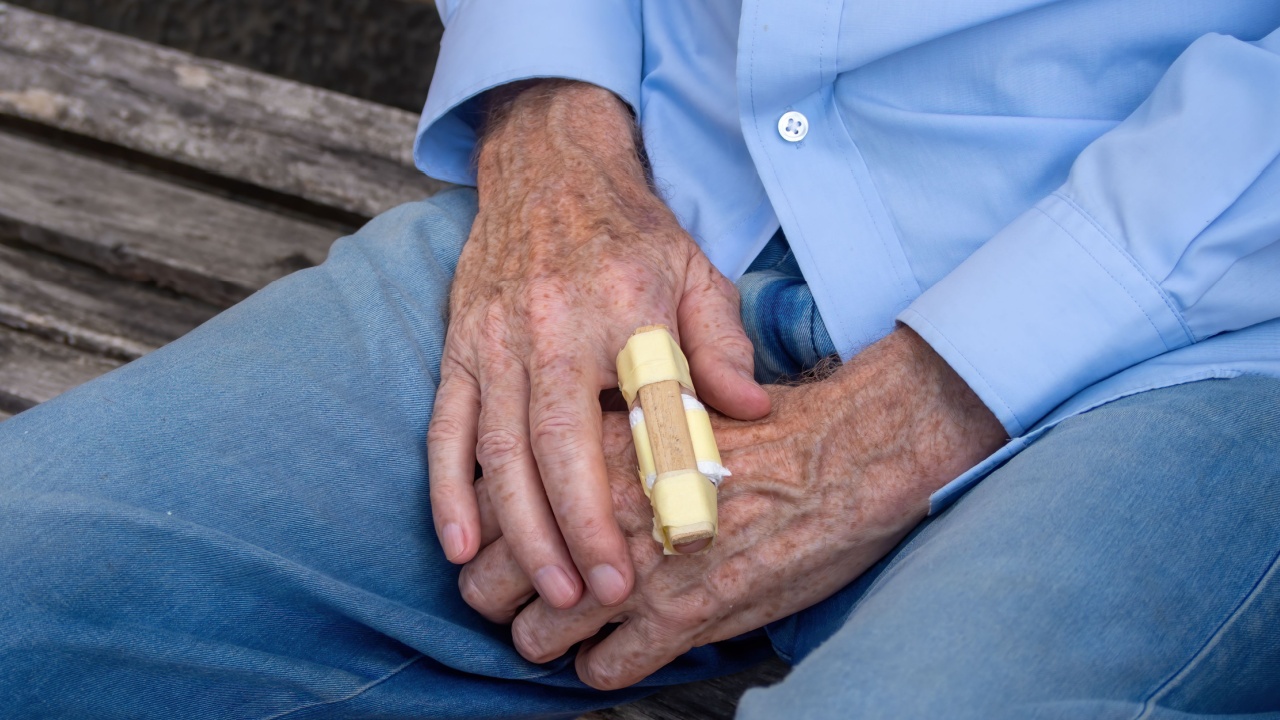
When you’re out in the wild or far from immediate medical help, knowing how to set a splint could make a difference for someone with a broken bone. First, assess the situation to determine the necessity of a splint. Visible deformities or protruding bones definitely require one. If the limb appears normal but the person is in pain, immobilization with a splint may still be beneficial.
Find something rigid, like a stick or board, to use as the splint, ensuring it’s long enough to stabilize the joints above and below the injury. Secure the splint with cloth strips or tape, being careful not to restrict blood flow. The goal is to immobilize the area without causing additional harm. Knowledge of splinting techniques is a key skill in emergency care, especially in remote settings where professional medical help may not be immediately available.
Identifying Signs of Stroke

Recognizing a stroke quickly can save lives and improve recovery chances. Look out for sudden numbness or weakness, especially on one side of the body. A droopy face or difficulty speaking are critical signs that shouldn’t be ignored. Additionally, abrupt vision changes demand immediate action.
Understanding these symptoms enables quick decision-making, crucial in preventing long-term damage. Strokes are medical emergencies where every second counts, and being able to identify these signs can be the difference between recovery and severe long-term disability.
You cannot treat a stroke yourself. But being able to identify the signs as early as possible lets you call for help and gives the victim the best chance of a meaningful recovery.
Treating a Burn

Burn injuries require prompt and proper care to prevent complications. For first—and second-degree burns, cool the area under running water to alleviate pain and limit damage. Avoid ice, as it can worsen the injury. After cooling, covering the burn with a moist cloth can provide additional relief.
Pain management is important, but so is avoiding infection. Never pop blisters and seek medical help for burns covering large areas or critical parts of the body. For third-degree burns, cover them with a clean cloth and get medical attention immediately, avoiding any creams or ointments that might interfere with professional treatment.
Identifying a Concussion

Concussions are serious injuries that can occur even without direct impact to the head. Symptoms can be immediate or delayed, including confusion, dizziness, headaches, and more severe signs like vomiting or slurred speech. Recognizing these signs early is crucial for effective treatment and preventing further injury.
Home care involves monitoring and rest, but understanding when to seek medical help is essential. Concussions vary in severity, and professional evaluation is necessary to ensure a safe recovery process.
How to Suture and Stitch a Wound
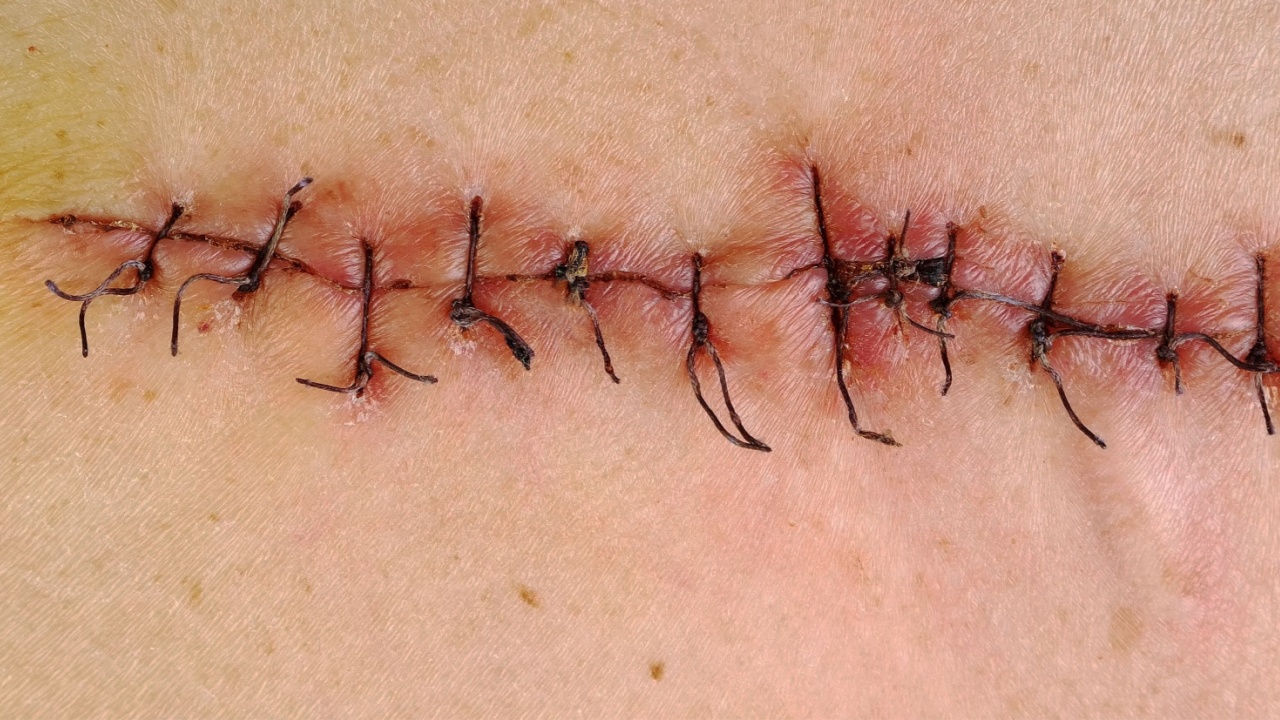
Knowing how to suture a wound is a valuable skill in situations where medical help is not immediately available. But, like all of these skills, should only be attempted if there is no other option.
Start by cleaning the area thoroughly with antiseptic wipes to prevent infection. Using sterile gloves, thread a needle with a long piece of thread, securing it with a knot.
Begin stitching around the wound’s edge before moving inward, making sure stitches are evenly spaced and secure. Finishing the suture properly is as crucial as starting it; ensure the wound is closed and the thread is tied off without leaving excess.
Supporting a Sprain
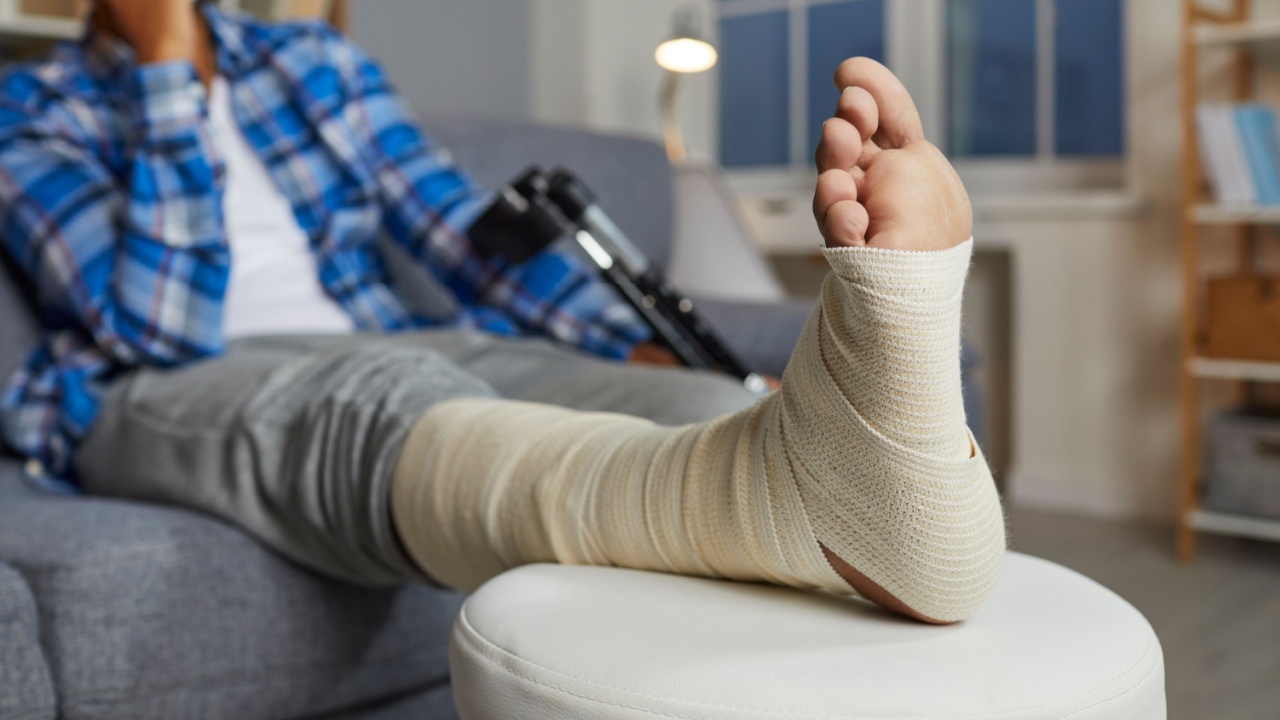
Sprains, resulting from ligament damage through stretching or tearing, can range from mild discomfort to severe pain. The initial step in managing a sprain is to cease any activity contributing to the injury. Elevating the affected area, whether it’s a weight-bearing limb like a leg or a non-weight-bearing one like a wrist, helps in reducing swelling.
The RICE method—Rest, Ice, Compression, and Elevation—is your go-to strategy here. Having already rested and elevated the limb, wrapping the area gently with an elastic bandage aids in compression, ensuring it’s snug but not excessively tight to prevent cutting off circulation. Continuous elevation helps in the recovery process, significantly reducing discomfort and swelling.
Treating a Seizure

Seizures, or sudden electrical disturbances in the brain, can manifest through various symptoms, from loss of consciousness to uncontrollable shaking. Despite their alarming appearance, most seizures aren’t directly life-threatening but demand proper handling to ensure safety.
During a seizure, the most important step is keeping calm and ensuring the person’s environment is safe. Remove any nearby objects that could cause injury. Stay with the person and try to limit the chances of them banging their head, such as by sliding a rolled-up jacket or pillow under their head. Do not attempt to move the person unless they’re in immediate danger while the seizure is underway, and never, ever put anything between their teeth.
How to Clean a Wound

Infections are a serious risk in any scenario, especially when medical facilities are inaccessible. Prompt and thorough wound cleaning is essential to prevent bacteria from entering the body.
Start by halting any bleeding with clean cloth pressure, then irrigate the wound with sterile water to cleanse it of debris and bacteria. Cleaning around the wound with mild soap and water, without allowing soap to enter the wound, helps maintain cleanliness. But you would have to do so very gently and carefully so as not to aggravate the wound and cause more bleeding or injury.
Applying an antibiotic ointment can prevent infection, while covering the wound with a clean bandage protects it as it heals. Regularly changing the bandage ensures the wound remains clean and well-protected from environmental contaminants.
How and When to Use a Tourniquet

A tourniquet is a critical tool for controlling life-threatening bleeding from limbs when direct pressure is insufficient. The application of a tourniquet requires careful execution to be effective without causing additional harm.
Place the tourniquet near the wound, over clothing to protect the skin, and secure it firmly with a knot. Use a stick or similar object to tighten the tourniquet until bleeding stops, ensuring it’s tight enough to be effective but not so tight as to completely cut off circulation unless absolutely necessary. Understanding the correct use and potential risks of tourniquets is crucial in emergency situations where they can save lives. This technique should be covered by a good first aid course.
Treating a Fever

Fevers indicate the body’s fight against infection but can become dangerous if too high. Identifying a fever and managing it effectively is vital, especially in situations where professional medical assistance is not available.
Ensure the person is hydrated, dressed in light clothing, and situated in a cool environment to help lower their body temperature. Cool compresses can also offer relief. If possible, use medications like acetaminophen or ibuprofen to reduce the fever, always adhering to recommended dosages. Monitoring the person for any changes or escalation in symptoms is necessary for their safety and well-being.
How to Treat Hypothermia

Hypothermia is a life-threatening condition where the body’s core temperature drops below 95°F, impairing organ function. Recognize the signs: shivering, confusion, drowsiness, and clumsiness. Quick action is critical to prevent further complications or death.
Firstly, seek shelter or a warm place immediately. Cover the person’s head, neck, and torso with blankets or coats to conserve body heat. Monitor their breathing closely, being ready to perform CPR if necessary. Warm the core body areas first using warm compresses or your own body heat to encourage blood flow to vital organs. After their core temperature rises, gently warm their extremities. Be cautious not to overheat or stop too soon; shivering indicates the body’s attempt to generate heat.
Learn about preventing and treating hypothermia and frostbite to stay safe in cold environments. In a collapse scenario, unless you live in a climate that’s warm year-round, there’s a good chance, even if you think you’re well-prepared, that you or someone you’re with could suffer from exposure and hypothermia. Even if your home is well prepped, what happens if you’re stuck somewhere in the cold and can’t make it back? Knowing how to stave off and treat hypothermia is a key skill everyone should know.
Treating Diarrhea or Vomiting

Diarrhea and vomiting can quickly lead to dehydration, so proper hydration is vital. Drink plenty of fluids like water or sports drinks to replenish lost electrolytes. Stick to bland foods such as crackers, toast, and rice to avoid aggravating your stomach. Rest is also important, as your body needs energy to fight off the illness. Understanding how to manage these symptoms at home is essential, especially when access to medical care is limited.
Treatment for Allergic Reactions
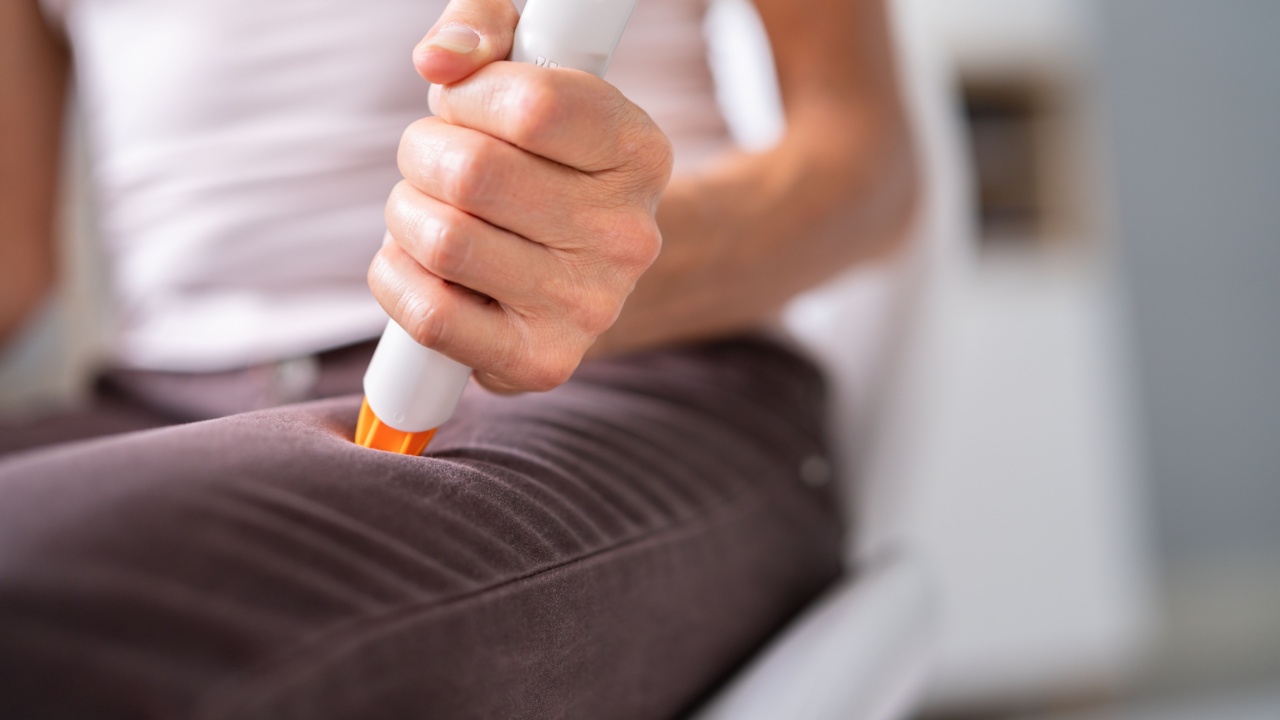
Identifying the allergen is the first step in managing allergic reactions. Treat mild reactions with over-the-counter antihistamines to alleviate symptoms like hives and itchiness. Severe reactions, characterized by breathing difficulties or swelling, necessitate immediate treatment with epinephrine injectors, which can be life-saving. Knowing how to respond to different severities of allergic reactions is crucial for safety.
Treating a Bloody Nose
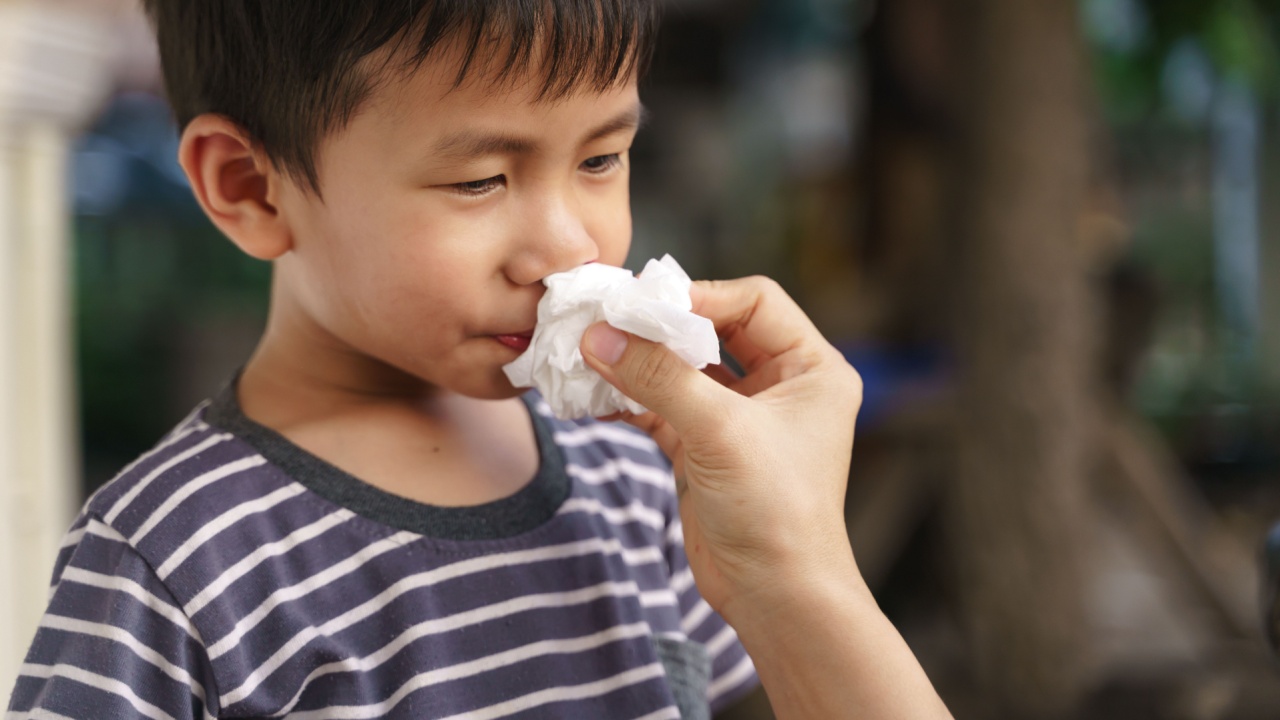
To manage a bloody nose, remain calm and apply pressure by pinching your nose shut, leaning forward to avoid swallowing blood. Maintain firm pressure for five minutes and use ice to minimize swelling. Understanding the proper way to handle a bloody nose reduces panic and ensures effective treatment.
How to Treat Insect Stings and Bites

Identifying the insect is key to treating stings and bites effectively. For bee stings, remove the stinger promptly using tweezers or by scraping it off, then clean the area and apply a cold compress to reduce swelling. Avoid extracting the venom sac as it could worsen the reaction.
For mosquito bites, wash with soap and water and consider applying calamine lotion or hydrocortisone cream for itching relief. Knowing how to address various insect encounters minimizes discomfort and prevents serious complications, especially for those with allergies.
38 Things Every Prepper Should Stockpile That Aren’t Water, Food, or Weapons

This list extends beyond the basic survival trio of water, food, and weapons. It’s a given that we need to stock up on water, food, and a way to defend ourselves and what we have. But what other things will you need in a survival situation? None of us truly knows what TEOTWAWKI will really look like, although most of us have theories we think most likely. But whatever the situation is, there are certain supplies that it just makes sense to have on hand, aside from the obvious trio I mentioned above.
31 Ways to Boost Home Security: How to Fortify Your Fortress and Deter Burglars

We sadly live in a society where it’s all too common for criminals to want to take what we’ve worked hard to get. The results of a break-in are traumatic, too. Beyond just losing your stuff. Victims often feel violated, anxious, and unsafe, sometimes for years after the event.
Prevention is the best way to stay safe. And, while you shouldn’t have to turn your home into a fortress, that’s the stark reality of our world. But you can take plenty of simple steps to deter burglars and ensure your home is less attractive to would-be thieves.
25 Winter Foraging Foods to Save Money on Your Grocery Bill

With food prices going up by 15% from October 2021 to October 2023, finding ways to cut down your grocery bills is more important than ever. Winter foraging is an awesome way to add to your pantry for free. Yes, you get free food in the form of wild edibles, but it’s also fun for the whole family, gets you moving, and reconnects you with nature.
Even though foraging in winter seems hard compared to the bounty of late summer, there’s still plenty out there if you know where to look. Plus, if things do go south, you need to know how to get wild foods to survive when there are no old-world supplies to access.

